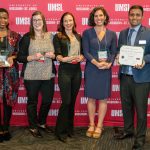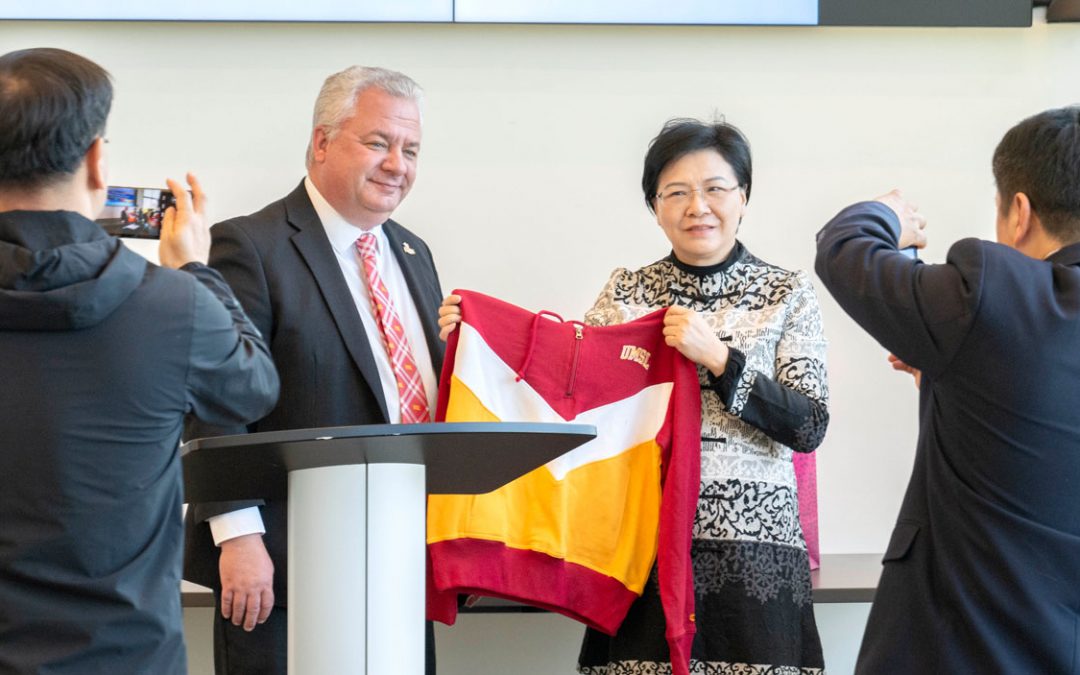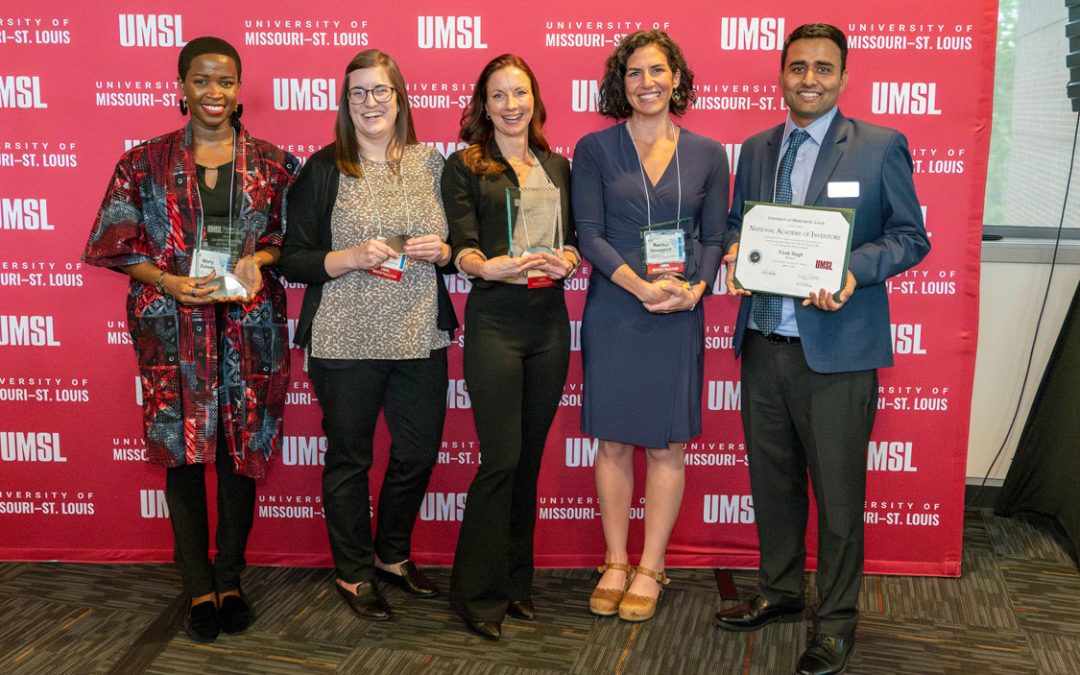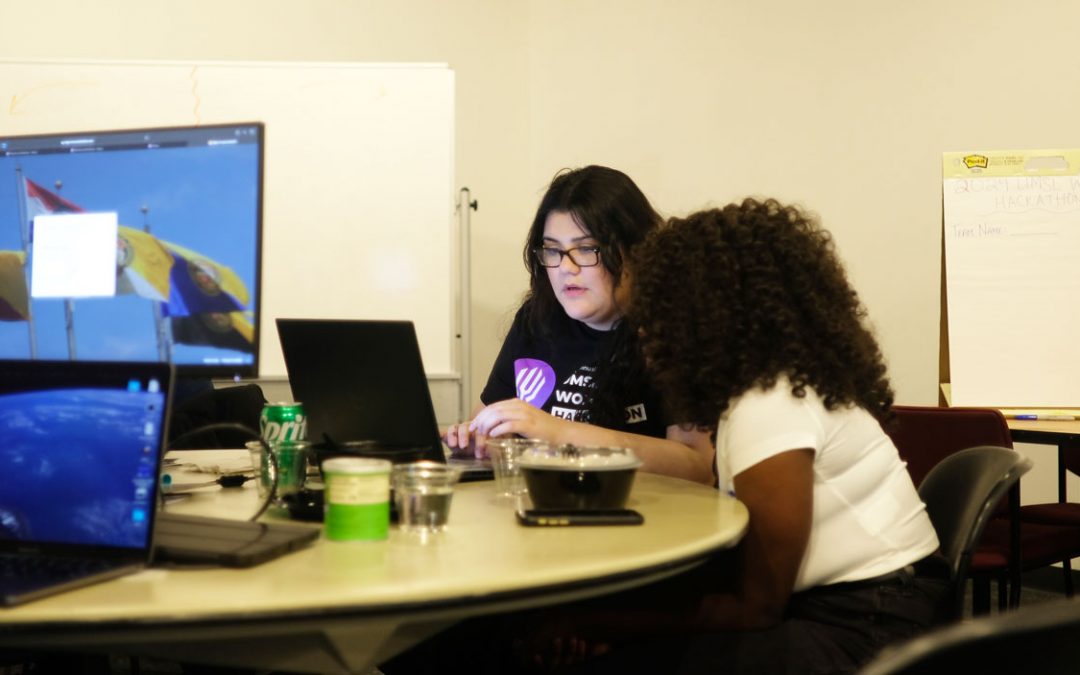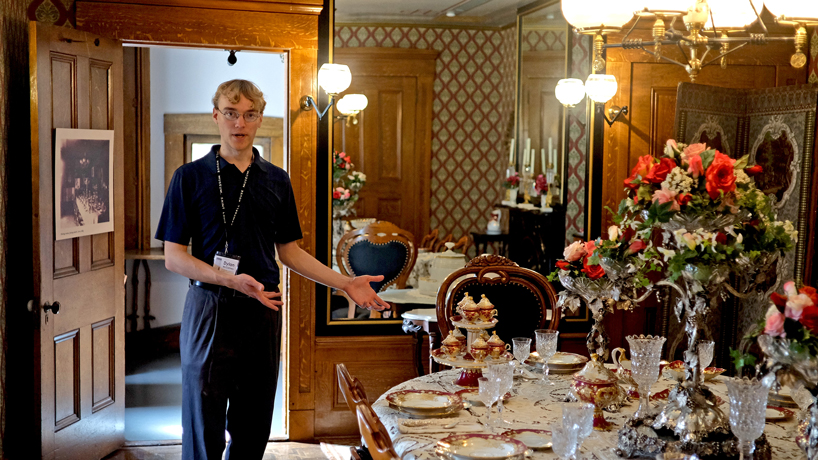
During a tour of the 19th-century Campbell House Museum in downtown St. Louis, UMSL graduate assistant Dylan McCartney notes that President Ulysses S. Grant was a guest in the home multiple times. The dining room features four large doors to accommodate the movement of servants around the long table, which once seated as many as 18 people at a time. (Photos by August Jennewein)
Dylan McCartney pauses along a second-story hallway to point out a thick, dark line once covered by decades of wallpaper. The permanent blemish hints at the place a bookcase originally sat, as well as the crevices where soot stubbornly hid from even the most meticulous housekeeping.
“In the late 19th century and early 20th century, St. Louis was considered the dirtiest city in the United States because of all the coal,” the University of Missouri–St. Louis graduate student says. “Coal soot, coal gas … it was everywhere.”

A late-19th-century affinity for birds is evident throughout the historic Campbell House. Stained-glass depictions as well as three-dimensional, stuffed birds decorate its 10,000-square-foot interior.
That tidbit is one of many stories and historical insights McCartney draws on in his role at the Campbell House Museum on Locust Street, once home to a prosperous urban neighborhood in downtown St. Louis. An MA candidate in UMSL’s museum studies program, McCartney is midway through a two-year graduate assistantship at the museum, and he’s made the most of the experience.
“UMSL’s museum studies program places every student at a local museum or similar institution, where they can receive on-the-job experience and mentoring from established museum professionals,” he says. “Rather than your traditional internship, students have two years to connect with their institution, allowing them to take on projects of a more substantial nature.”
For McCartney, one such project entailed updating the Campbell House’s docent guidebook – the definitive historical document about the wealthy Campbell family that moved to the estate in the 1850s and retained ownership of it until the last surviving son’s death in 1938.
The life of Robert Campbell, who made his fortune primarily in the fur trade, was the original focus of the document. But it has grown to include information on topics ranging from the short-lived Lucas Place neighborhood, to Robert and Virginia Campbell’s complicated courtship, to the lives of their children and servants.
The biggest challenge McCartney faced in gathering and formatting the growing pile of material was “finding a way to distill the information so that docents could enjoy it, and more importantly, remember it.” The expanded and revised guidebook attempts to do just that – as well as “iron out the facts” in a few spots.
“For every [apocryphal] story that you find and have to fix, there are two or three other points of interest that pop up,” McCartney says. “We keep discovering new things about the Campbells. This past May, for instance, we received a wealth of material from descendants of a Campbell servant, Philomena ‘Minnie’ Kleeman. The new guidebook has built off of decades of work by others. I was just able to take the last step.”
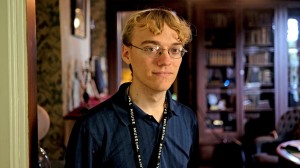
Museum studies MA candidate Dylan McCartney recently completed an ambitious research project as part of his assistantship at the Campbell House Museum, where he has updated the definitive historical document about the Robert and Virginia Campbell family.
He notes that tours and discussions at the Campbell House Museum can head in a wide variety of directions, since the home sheds light on much more than a house or single family.
“It’s a story of health and medicine, of social life, of servants and slaves,” McCartney says. “Because it is someone’s house, visitors can begin to see themselves in those spaces, doing what the Campbells did and making the choices they did. And hopefully, when they leave and go back to their own homes, they’ll remember how their daily life today descends from the daily life of the Victorian era, and all the consequences – positive and negative – that come with it.”
McCartney’s familiarity with each nook and cranny of the house, as well as the family that lived there, is understated yet infectious. From the ornate parlor to the unassuming doorstop near the kitchen, the graduate student appears to know it inside and out. He credits the UMSL museum studies program with making partnerships and excellent hands-on experience at local institutions a high priority.
“This extends beyond just the graduate assistantships,” he adds. “Classes frequently take us away from UMSL and into area museums, whether for special tours or for work days. Several classes are taught by museum professionals at their various places of employment, such as the Missouri History Museum and the Contemporary Art Museum. The most ambitious project was when the history museum was kind enough to allow the program to develop the Arch exhibit. That opportunity speaks volumes about how highly regarded the museum studies program is.”





